“The 2006 Java earthquake of 7.7 Ritchie scale, brought in a three metre tall tsunami and engulfed the coastal fishing village of Pangandaran in Central Java. The wrath of nature mercilessly took more than 500 lives; left behind many injured, devastation, homelessness and livelihood severely compromised.
(Many images on ????? www.pangandaran tsunami 2006)
“As the village moved on to recover its small fishing industry (above), beach safety, observation posts and better alert measures were incorporated and villagers better prepared. Here is a reminder signboard one doesn’t get to see often (left).
“The brave and perhaps fool-hardy continued to visit the somewhat quite forgotten, small village to enjoy its remoteness and laid back atmosphere.
“I decided pedal power would be the best way to move around as a birding tourist. So were refreshing coconuts after birding sessions and char-grilled, fresh fish for beach dinner. I sipped Java coffee over a glorious sunset and contemplated my life with birds; and how on earth had I got myself into this stage -to this God forsaken place… (above).
“I could not fathom the amount of destruction the tsunami caused to the forest floor and wild life within the Recreation Park and Nature Reserve. The locals call it, “Taman Wisata dan Cagar Alam” – a forest covered promontory, local villagers have come to appreciate. Its presence help saved the lives of many villagers living on the west side of the promontory. The eastern side took the hardest hit when tsunami came (above).
“My visit to the Nature Reserve was disappointing in bird count. Apart from a fruiting fig tree that drew some bird species, not a ground dwelling bird was observed. The whole Reserve was overrun by an uncontrolled, huge population of macaques. A monkey infested forest is a doom for forest birds.
“A local family visited with a packet of peanuts soon learnt the hard way. One toss of peanut to a macaque sent a pack of no less than fifty including alpha males, juveniles etc… showing up suddenly, out of nowhere and went charging towards the family.
“The female parent freaked out as a couple of extremely bold macaques pounced and grabbed the packet of peanuts off her hand.
“I had the opportunity to intervene, dissolved the situation and held friendly and advisory discussions with the forest rangers.
“Proper management of the Forest Reserve appeared severely lacking. Rangers lamented their presence were merely care takers of the Reserve. At most, they were allowed was a stick to gently ‘shoo’ the primates away.
“A win-win situation to keep macaques’ population in check, rejuvenate habitat of forest birds, compliment some hungry mouths would be to mobilise an ‘Operation Clean-Up’ cull campaign. In collaboration with their respective Wildlife Department, engage the participation of villagers on a monthly, educo-social affair followed by a free B-B-Q of langurs by the Beach.
“’Monyet boleh makan kah?’ (Can monkeys be eaten?)
“Like a true Malaysian, ‘BOLEH…!’ was my prompt reply.
“Laughter all round was the order of the day!
“As I explored the coastal village, I was attracted to the presence of several bird cages suspended from a modest house front. An interesting conversation issued with a professional bird breeder who sat by his computer.
“In respecting each other’s understanding of things, the knowledgeable breeder was forwarding enough and allowed me first time ever to have his avian merchandise photographed. He pointed out the varied favourites of White-eyes (Zosterops) and briefed me on the varied locations they came from (above and left).
“I was rather surprised at the level of sophistication bird trade has evolved in this part of the world. Their price value is based on species rarity and how well these little birds sing or trained to sing well.
“Such ‘virgin’ species would be bought from poachers, who had earlier raided chicks from their nests; hand fed them to fledging stage and sold to breeders like him (below).
“Breeders receiving such species would programme chicks to sing by listening into regular doses of playback- supposedly bird parenting calls pre-recorded from their computer. This in time with training, conditions the chick to call/sing to the tune the breeder chooses.
“Something like buying a new computer and input programmes one chooses.
“It may sound absurd but what is the difference in this context to find an Oriental parent having its newborn baby stolen from a hospital nursery, only to find out in later years their child has been sold into the sex trade and speaking Hungarian?
“Bird trade in Indonesia allowed to go unchecked has become a socio-economic, long term chronic situation acceptable as a norm. An over populace, poverty, lack of self-motivation and education opportunities and weak governance don’t help. Bird pet ownerships, traders and poachers only add more strain to an already depleting tropical rain forest, by having the convenience to live off forests’ produce at an unsustainable rate.
“What I witnessed, I believe was only the tip of a ‘huge iceberg’ -bird pet trade in Indonesia.
Another songster in the making-A male Hill-Blue Flycatcher (Cyornis banyamas) being stimulated to sing is photographed here (left).
“If only the breeder had the opportunity to have received a decent education and taken on a skill, would he have a choice to earn an alternative and decent living.
“Perhaps, in the next several more decades – may see a chance of compulsory education for all children of the world…. that they could finally see some light at the end of the tunnel and be contributors to a better world they live in.
“But… will there be any birds left then and any more forests and plantations to torch up an annual haze – a quick, cheap fix to clear old plantations-that don’t go down well with its neighbours?
“Leaders met at the ‘Asean Transboundary Haze Pollution Agreement’ recently to resolve the issue. But days later, the haze recommenced.
“What happened?
“Was there a breakdown in communication with the organisers; resulting in the ill prepared and fated party showing up in wrong dress code- as in the cartoon movie, ‘Despicable Me’- goggling up with gas mask and horning in a proctoscope mistaken for a headphone set?
Mother Nature has a nasty way of hitting back. When it comes… comes with NO MERCY.
Avian Writer Daisy O’Neill
Penang, Malaysia
Copyright article and all copy images – Courtesy of Daisy O’Neill Bird Conservation Fund



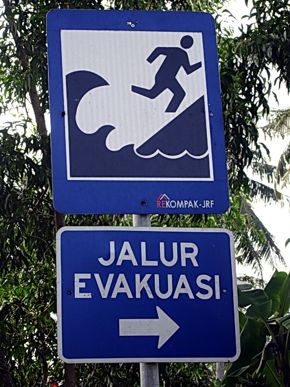
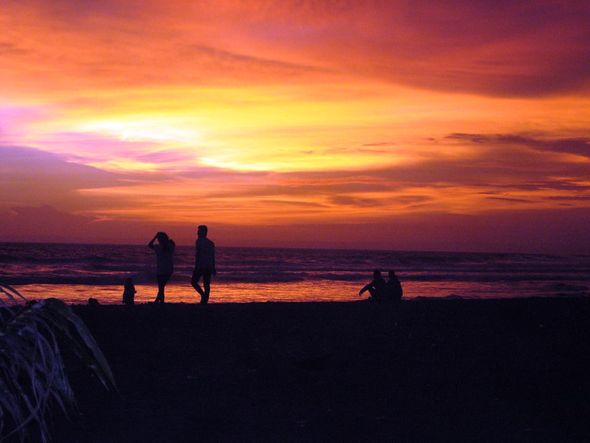
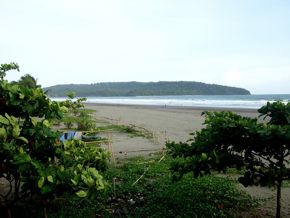
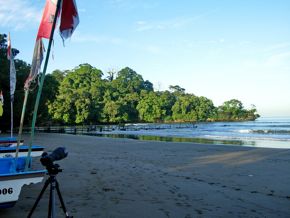

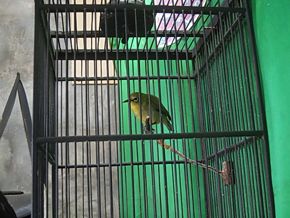
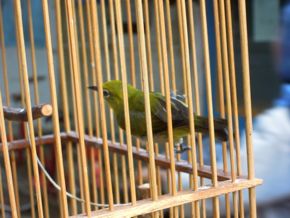










4 Responses
Dear Daisy,
I have admired your passion for the preservation of wild birds, but this article states more clearly that I can, why I still persevere in aviculture. As a former staff member of multinational corporations who has done three tours of duty in less-developed countries,I have seen first-hand how badly they manage wildlife. Much as I would love to have all birds living freely, any left in the wild there have less hope of survival than in the hands of a dedicated aviculturalist.
The person you interviewed may be raising and breeding birds for commercial reasons. But you have to admit that the birds in his hands have a better chance of survival than those outside.
I wish we could find better alternatives. But until then, the bird trade will continue.
Dear Chiu San,
Unfortunately, it is true for short term gains until the caged bird dies. One can only highlight what we see but if attitudes of people don’t change or if they live in an economy that keeps populace poverty stricken and have to rely on the forests to survive, then it looks like all wild life including rare species of flora will get compromised. That means be prepared that in next few generations to come, the study of all science will also come to halt – cause there aren’t much specimens left to study to graduate. People of your good calibre in aviculture will also become endangered species…perhaps?.
Oh..no you are too precious to lose.
All best,
Daisy
Floral species can always be conserved in Botanical Gardens, etc., and later replanted elsewhere. As such they will not be compromised to the extend of faunal species.
Another interesting post. I think it highlights a number of issues and problems in many places around the world, and there are probably no easily achievable answers either unfortunately.